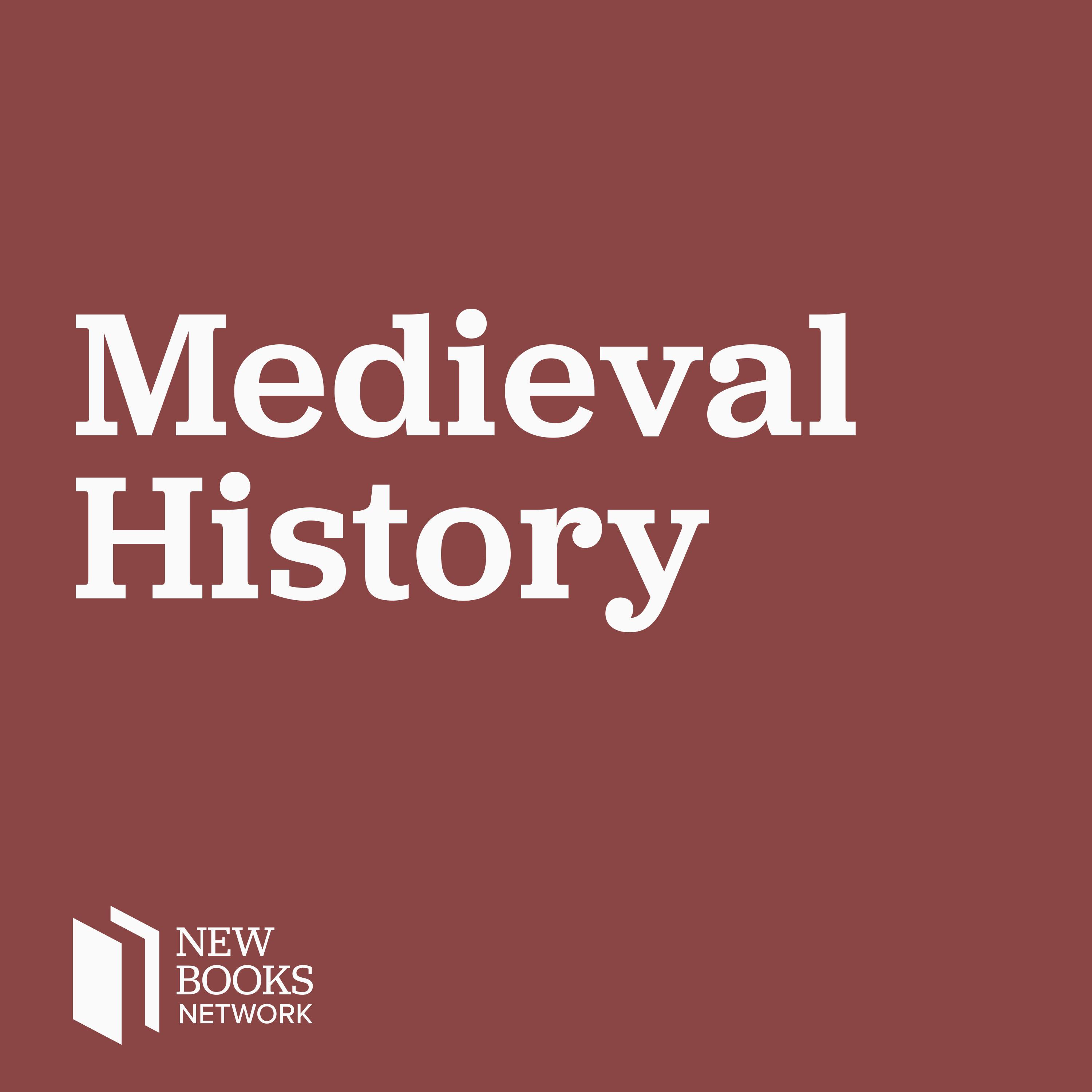Thea Gomelauri, "The Lailashi Codex: The Crown of Georgian Jewry" (Taylor Institution Library, 2023)
Description
From a remote mountain village in the Caucasian mountains of Georgia came the most surprising discovery since the Dead Sea Scrolls: a rare, beautiful, and valuable Hebrew Bible known as the Lailashi Codex.
In ancient tradition, scribal art possesses supernatural powers. The provenance of this Codex is shrouded in mystery. Questions about the authorship and ownership surround this ancient work of treasure and secrets. The Codex, written as a labor of love by a scribe of rare skill, was hidden from public view until now.
The Lailashi Codex: The Crown of Georgian Jewry (Taylor Institution Library, 2023) explores the history and content of this extraordinary work, the earliest surviving nearly complete medieval Hebrew manuscript of the Pentateuch with Masoretic vocalization adorned with intricate micrography.
This book examines the story of the Codex through international controversies, repossessions, and local rivalry, particularly under Communist rule and the volatile politics of the post-Soviet era.
For the first time, readers can see the well-preserved leaves adorned with micrographic designs and read details regarding the composition and layout of the manuscript, vertical inscriptions, enigmatic mnemonic devices, missing folios, spelling variations, and micrographic shapes. It includes a full index of the biblical text and introduces the content of the genius scribe. The volume contains rich archival photos and Jewish historical documents.
For photographs of the manuscript and more information, visit the Oxford Interfaith Forum website.
Suggested reading:
The Illustrated Cairo Genizah by Nick Posegay & Melonie Schmierer-Lee.
Learn more about your ad choices. Visit megaphone.fm/adchoices
More Episodes
Published 11/23/24
During the early medieval Islamicate period (800–1400 CE), discourses concerned with music and musicians were wide-ranging and contentious, and expressed in works on music theory and philosophy as well as literature and poetry. But in spite of attempts by influential scholars and political...
Published 11/12/24
Filippo Gianferrari, "Dante's Education: Latin Schoolbooks and Vernacular Poetics" (Oxford UP, 2024)
In fourteenth-century Italy, literacy became accessible to a significantly larger portion of the lay population (allegedly between 60 and 80 percent in Florence) and provided a crucial means for the vernacularization and secularization of learning, and for the democratization of...
Published 11/06/24


